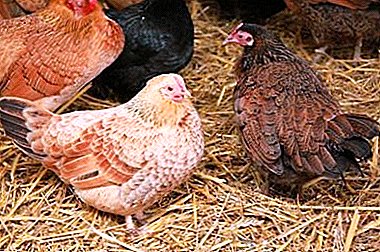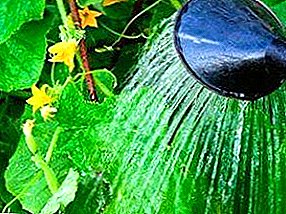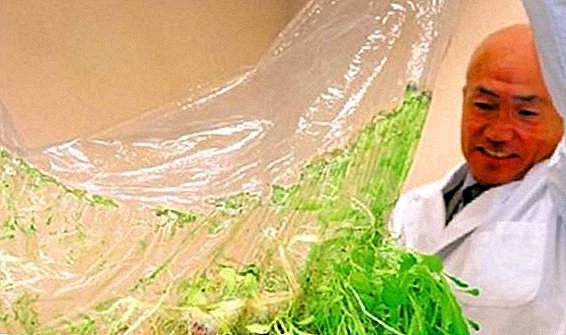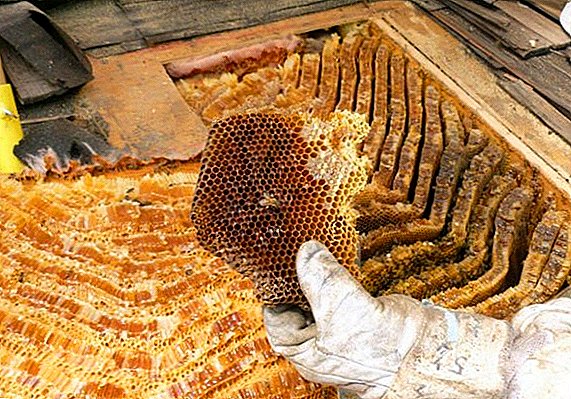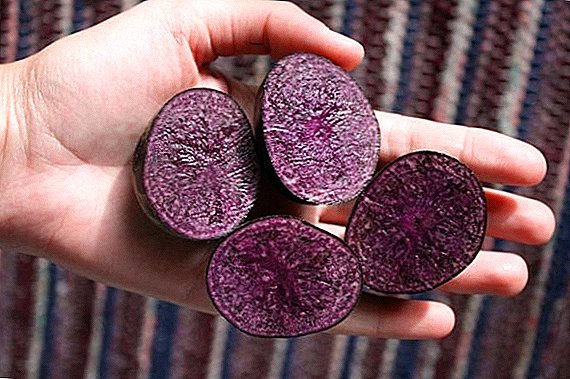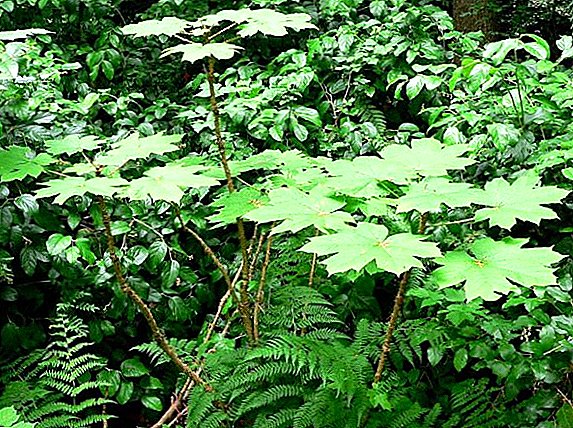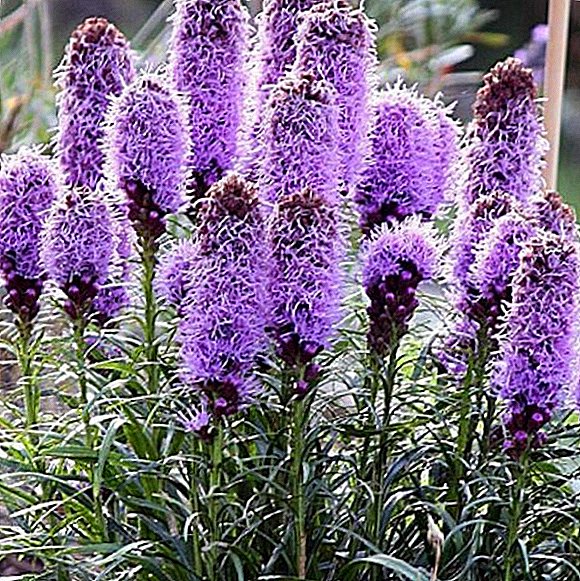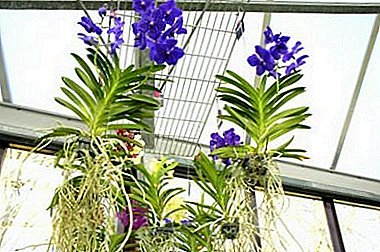
Of the wide variety of orchids, phalaenopsis remains the most sought after and popular.
To grow this flower at home is possible, if you responsibly approach this process.
The peculiarity of an orchid is not only in an attractive appearance, but also in the ability to grow it even without soil. And if you follow all the recommendations for the care of the plant, then it will grow no worse than in the ground.
Features
After all, the bark of the tree and other additional components perform a secondary role, as they are necessary to support the orchid. But if you resort to using a skewer or something else, then there is no need for soil mixture.
In winter, an orchid grown without soil should be watered less often. (how to care for an orchid in the autumn-winter period can be found here). And in the spring, when the flower begins to grow actively, the frequency of moistening increase. In addition, it is important to monitor the lighting.
Any window, except the southern one, is suitable for indoor orchids, since direct sunlight is harmful to phalaenopsis (for details on where to place the orchid and where it is impossible to keep a flower, read here).
Advantages and disadvantages
 The cultivation of orchids without soil has the following advantages:
The cultivation of orchids without soil has the following advantages:
- It is possible to prevent the flower from rotting or the development of parasites in the soil. This is extremely important, as rot in the root system is a common problem for orchids.
- Growing a flower without soil, you can refuse transplants, which are a real stress for the plant.
- Dissolving the useful components in a liquid will prevent their shortage or excess.
- Lack of soil will allow the plant to remain strong and healthy, as it will receive the necessary amount of useful trace elements, so that the roots will not dry out.
When growing orchids, an open type automatic system is used, thereby reducing the time spent on caring for a flower.
Only it is important not to forget to add water from the irrigation system when it is necessary.
Thanks to this method, the orchid will no longer need watering for 2 weeks, and it does not harm her.
As for the minuses of the method, it is the only one here - these are difficulties in care. Because of this, the appearance of the flower begins to suffer, as its leaves turn yellow and fall off, the root system rots.
What is used instead of soil?
The orchid perfectly feels itself even not in the soil saturated with humus, but on the trunks, branches, roots of some tree. The components necessary for the development of the flower are not extracted from the soil.. The power source remains the atmosphere.
An orchid needs soil only so that it can somehow be fixed and held in a certain area. So when choosing the components that will be used instead of the soil, you need to take into account their permeability to moisture and air.
 In most cases, the main component for homemade soil mixture is tree bark. It can be frustrated with your own hands or purchased at a specialty store. Most often growers choose pine bark, although the bark of oak and coniferous trees are excellent. To collect it, you will have to use sawn logs or dead wood.
In most cases, the main component for homemade soil mixture is tree bark. It can be frustrated with your own hands or purchased at a specialty store. Most often growers choose pine bark, although the bark of oak and coniferous trees are excellent. To collect it, you will have to use sawn logs or dead wood.
To ensure the safety of the plant and protect it from pests and bacteria, pieces of bark must be cleaned from the softened area and thoroughly dried.
In addition to the bark, flower growers actively use sphagnum moss as a ground. Its main purpose is to make the soil loose, retain moisture, not compacting the soil, absorb harmful salts and have a bactericidal effect.
In addition to the bark of trees and moss, keramzit and activated charcoal, which still has disinfectant properties, are suitable for orchids.
We offer to watch a video about the types of soil for growing orchids:
What capacity to contain the plant?
When growing an orchid without soil, the choice of a suitable pot remains a wet moment. For this plant, you should choose a container of this type and structure, so that the flower is a place where it can grow, not dry out and not be exposed to the harmful effects of dried air in the room where the plant is contained. Choosing a pot for growing without land, Glass vases or plastic and ceramic containers should be preferred. In addition, they must meet the following criteria:
- Tanks must have a drain for water.
- Pot size and plant size should match each other.
- The volume of the container should be such that the root system of the plant could freely sit there and did not touch the walls.
We offer to watch a video about the choice of capacity when growing orchids in an open system:
Cultivation difference
 Using this method of growing orchids, you need to be more careful and responsible approach to the process of care.
Using this method of growing orchids, you need to be more careful and responsible approach to the process of care.
Unlike the traditional method, in this case it is not necessary to choose the soil or prepare it yourself, which reduces time and money. But the growing conditions are more demanding: suitable humidity, timeliness of irrigation.
And the most important difference is that Orchid grown in the soil, much less sickthan the one for which the soil mixture is not used.
We offer to watch a video about the difference in orchid cultivation in closed and open systems:
How to care?
Such an interesting way of growing orchids involves a more thorough care of the plant, which is as follows:
- Avoid high humidity in the room where the flower is located. It is much easier to tolerate durable drought.To control the level of humidity, it is necessary to grow an orchid in a container with transparent walls. Then it will be possible to visually determine if an orchid needs watering without a primer.
- Daily spray the roots and the aerial parts of the plant with soft water using a spray bottle. This will achieve the required level of humidity.
- No less important for the growth and development of the flower is the lighting. Duration of daylight should be 10 hours. The sun's rays can be seen by artificial lighting using fluorescent lamps.
- During the day, the air temperature should be between 18-27 degrees, and at night - 13-24 degrees.
Observing the presented recommendations, there should be no difficulties and difficulties in care.Orchid itself will delight the eye with its flowering and magnificent view.
Difficulties
 There can be any difficulties if you do not follow the rules of orchid care. The most common problem remains with the desire of the leaf plate, with the result that the leaves just fall off. But it is one thing when it is a natural process and old leaves fall away, but this can happen to young ones for the following reasons:
There can be any difficulties if you do not follow the rules of orchid care. The most common problem remains with the desire of the leaf plate, with the result that the leaves just fall off. But it is one thing when it is a natural process and old leaves fall away, but this can happen to young ones for the following reasons:
- waterlogging - together with the yellow leaves, the process of rotting of the root system occurs;
- dry ground - a common cause of leaf wilting, this occurs if the plant is not sprayed and the room air is not moistened;
- direct sunlight - in the summer, they can lead to the development of such a negative phenomenon;
- draft or cold room in winter.
In addition to yellowing foliage, problems arise in the root system. In this case, the roots begin to rot due to waterlogging. Save the plant is still possible if it is transplanted.
Growing orchids without soil is an interesting occupation for each grower.. But here there is a series of moments, without which the flower risks perishing. So, only experienced people need to choose this method of cultivation to prevent problems in the future.


